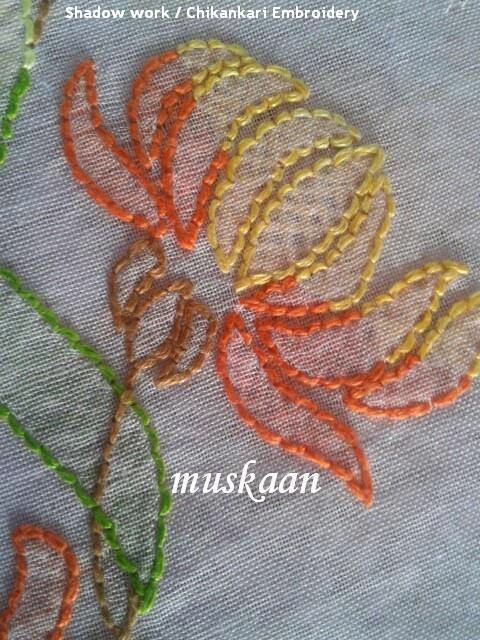Ninetta’s
Layered Rings in Modern Tatting
Original Pattern
: Thérèse de Dillmont Plate V, Fig25. (click for pattern details)
UPDATE: 'Tatting' (DMC Library) by Therese de Dillmont - https://add1400f-c919-4c57-8d2d-40880bc5b080.usrfiles.com/ugd/add140_b134098f74ed483f9bf91602d8e69fd4.pdf
(pamphlet, 1956. Courtesy TOTC)
This tutorial has turned out
to be quite in keeping with the term ‘Layered’. As I went about organizing
tatting & taking pics , & then sharing the pdf with Ninetta, she
realized that I was doing it differently than what She had diagrammed/done ! So
it turned out that this modern method can be accomplished in more ways than one
! Yup, layers upon layers …
I have not been able to make
& photograph Ninetta’s method yet (will do so in the next post ; it includes joining 2 picots at same time & some tips from her). But in order to avoid more delays, I
will share how I understood / interpreted her diagrams especially for tutorial purposes & made the motifs
through step-by-step pics. While making the 2nd motif repeat, I have
shared another method (all front-side tatting that I used in my earlier trials here ). I have tried
to incorporate as much as possible within the stepwise pics itself, with
notations. I will also include & upload pdf versions to all methods in the
next post.
Here,
then, are step-by-step instructions on how to tat Dillmont’s Layered Rings
by
applying modern techniques to a vintage pattern, & doing it all in one
pass.
Techniques Used :
2-shuttle tatting
“Floating Ring” variation that converts to a Layered Ring
Mock Picot
Split Ring
Normal Join/Down Join (optional or as required)
I have deliberately used 2 colours so that the progression
& split rings can be easily identified. Some pics show both back &
front views in order to show comparison, etc.; these have been indicated in the
pics to avoid confusion. Done in size 20 Anchor Mercer Crochet Cotton.
TIP : Make the central/floating ring picots longer than normal. This
space is what lifts up the centre from the petals nicely & visibly. For clarity, picots are labeled A-D


When making the 1st SR of each subsequent motif,
it is easier to 'split' the working into 3 parts (Figs13-16):
1. Start with Sh1 1st half
6-4.
2. Make complete 2nd half of SR with Sh2, including the FR, and the last 2ds.
3. Go back to 1st half - join with FR and make the last 2ds. Close ring.
Figs 18-21 show another method of making & attaching the layered rings. This involves tatting from front/top side only ! The entire motif can be accomplished with frontside tatting, without any need to reverse or turn work.


Can you begin to see the many possibilities of just this One pattern ?! Just playing with colours & the climbing-out Split rings can give you a wealth of options – linear, squares, rectangles, hexagons, zig-zags, etc. etc. (Fig 25 below, may give some idea. Numbers indicate which ring followed which one ....)
The Floating Rings can be shifted to Between Petals to get 2 layers/rounds of petals simultaneously – a layered flower !
2. Make complete 2nd half of SR with Sh2, including the FR, and the last 2ds.
3. Go back to 1st half - join with FR and make the last 2ds. Close ring.
Figs 18-21 show another method of making & attaching the layered rings. This involves tatting from front/top side only ! The entire motif can be accomplished with frontside tatting, without any need to reverse or turn work.


Can you begin to see the many possibilities of just this One pattern ?! Just playing with colours & the climbing-out Split rings can give you a wealth of options – linear, squares, rectangles, hexagons, zig-zags, etc. etc. (Fig 25 below, may give some idea. Numbers indicate which ring followed which one ....)
One can alternate colours of central ring as well as petals !
Thank you,
Ninetta, for your excellent adaptation of vintage to modern,
for sharing the
same, & for permitting me to share too :-)
Also in the works :
Ninetta’s method for making the Layered Rings And
her innovative Curled Rings with many options
UPDATE : Part 2 of Layered Rings tutorial - Ninetta's method
UPDATE : Part 2 of Layered Rings tutorial - Ninetta's method


















































